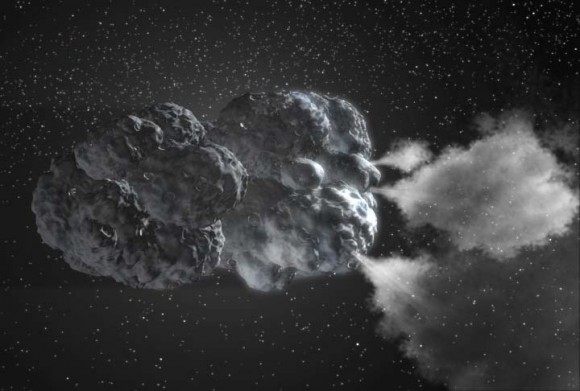

| Visitors Now: | |
| Total Visits: | |
| Total Stories: |

| Story Views | |
| Now: | |
| Last Hour: | |
| Last 24 Hours: | |
| Total: | |
3 Comets That Fizzled
Take a dirty snowball in space and hurl it towards the Sun. I dare you… and then make a prediction as to how that will look.
This is the problem comet scientists face when talking about how bright a comet will appear from Earth. They’re imaging a conglomerate of dust, ice and other materials millions of miles away. After figuring out where the comet will go, then they have to predict how it will behave.
It’s a science, to be sure, but an unpredictable one. That’s why it’s so hard to figure out how Comet ISON will fare when it gets closer to the Sun in November 2013. It could blow into pieces before arriving. It could break up when it gets close to the Sun. Or, it could live up to wildest expectations and shine so brightly you’ll be able to see it in daylight.
Veteran comet-gazers can name a few visitors that didn’t perform as well as predicted. Michael Mumma, who is with the NASA Goddard Space Flight Center’s solar system exploration division, was the lead for the agency’s scientific campaign on many comets of the past few decades. In an e-mail to Universe Today, he shared what made three comets less spectacular than predictions.
(…)
Read the rest of 3 Comets That Fizzled (650 words)
© Elizabeth Howell for Universe Today, 2013. |
Permalink |
No comment |
Post tags: comet austin, Comet ISON, comet kohoutek, halley’s comet
Feed enhanced by Better Feed from Ozh
2013-02-27 10:02:33
Source: http://www.universetoday.com/100234/3-comets-that-fizzled/
Source:



